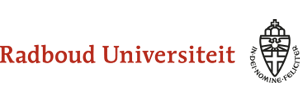American English Phonetics
Another American English Faculty Project
12.4.1 Dutch /r/
Unlike GA, Dutch cannot be said to have a single r-sound. Even within AN, /r/ varies considerably in articulatory as well as auditory terms. The situation is further complicated by the fact that one and the same speaker may well use several types of /r/ in what may appear to be a rather haphazard fashion.
Initially and between vowels, many speakers use a voiced alveolar flap [ɾ], or rolled [r]. Others use a voiced uvular roll ([ʀ]), a uvular approximant ([ʁ̞]), or a voiced uvular fricative ([ʁ]). Before consonants and silence, a voiceless uvular fricative may be heard, which, incidentally, is identical to the realization of non-Southern AN /x/, so that bocht – bord and maagd – Maart may be homophones. Increasingly, a palatal approximant is heard, which is similar to [j], and may lead to homophony in pairs like koortje – kooitje, Maart – maait, paartijd – paaitijd. lts high status appears from its rapid spread among young female, and to a lesser extent, male middle class speakers. In view of the similarity of palatal /r/ with GA /r/, it would be possible, though very speculative, to argue that its popularity is a reflection of the high status accorded to American English by these speakers.
